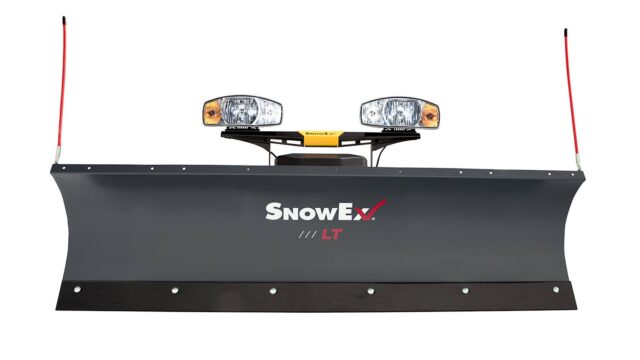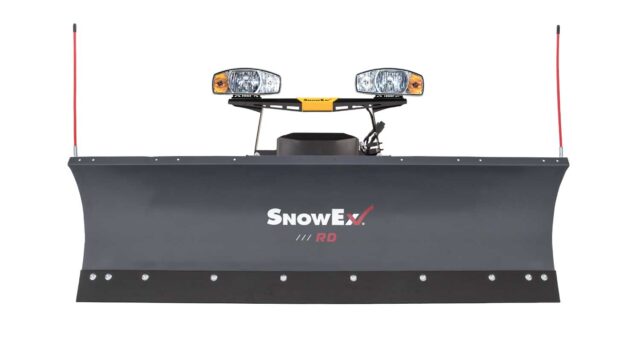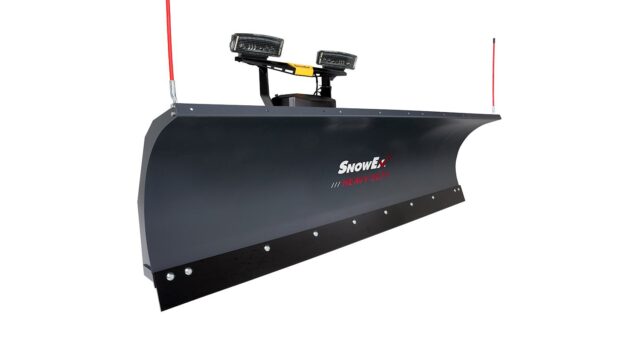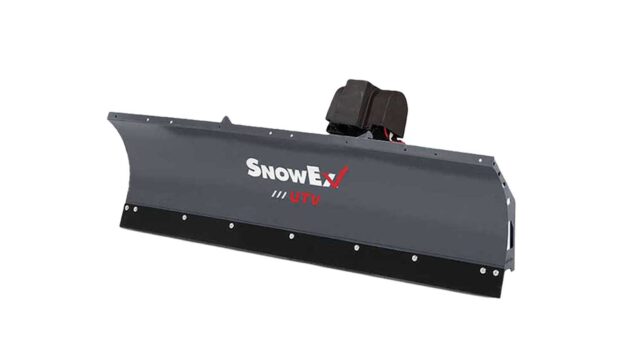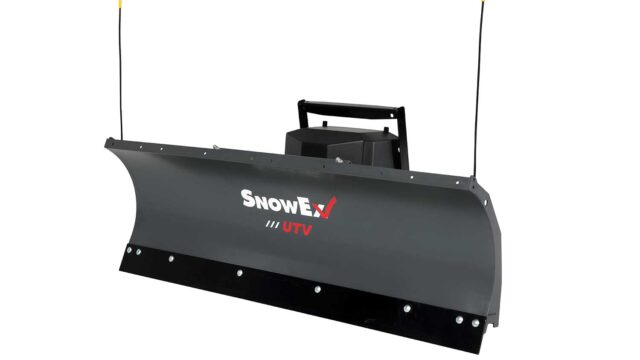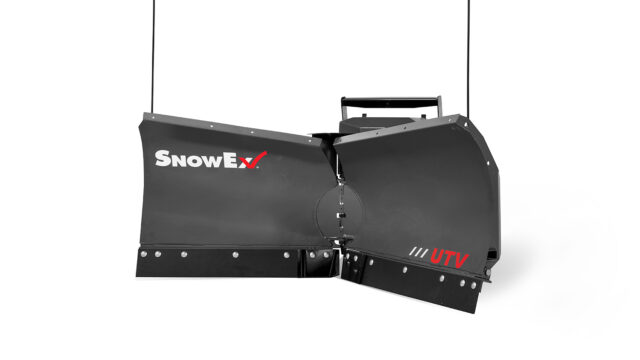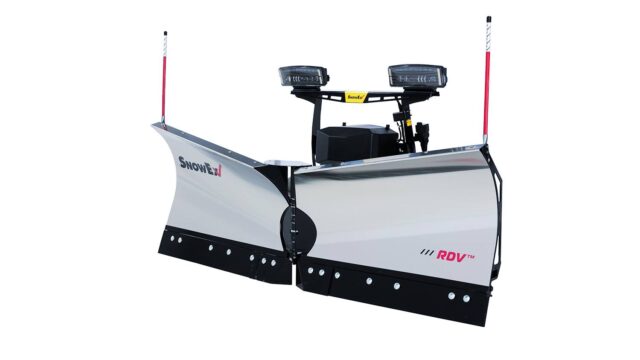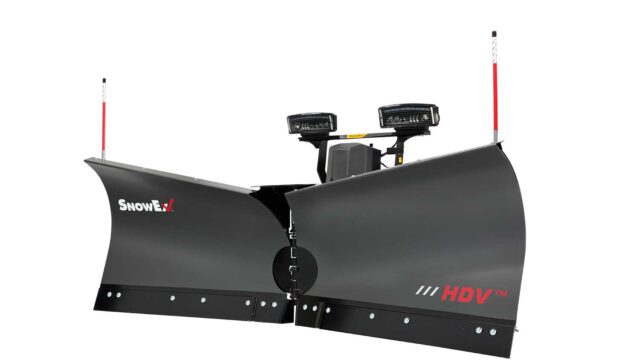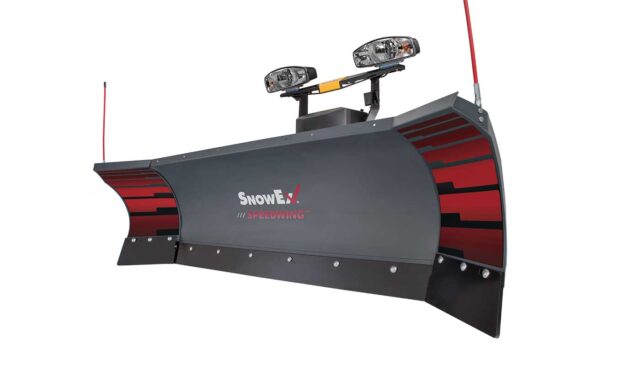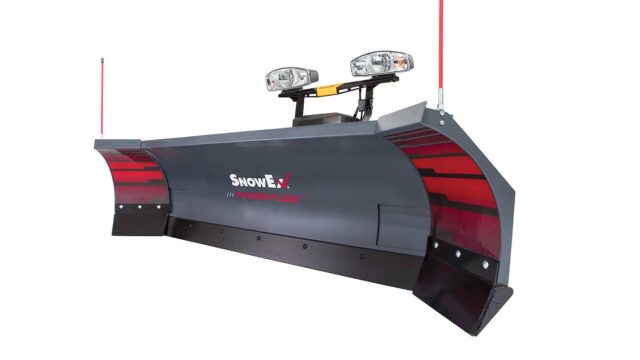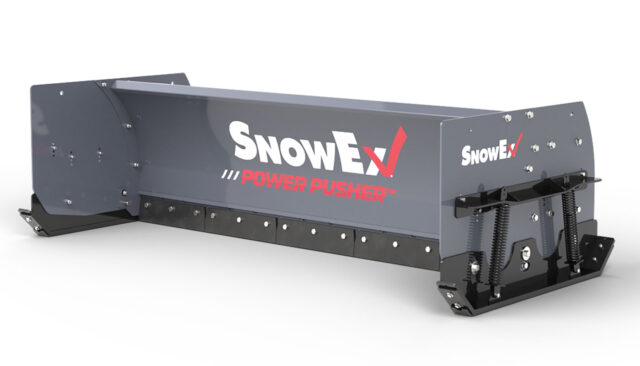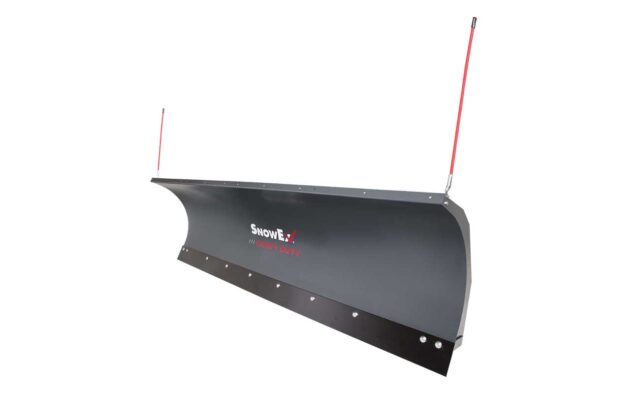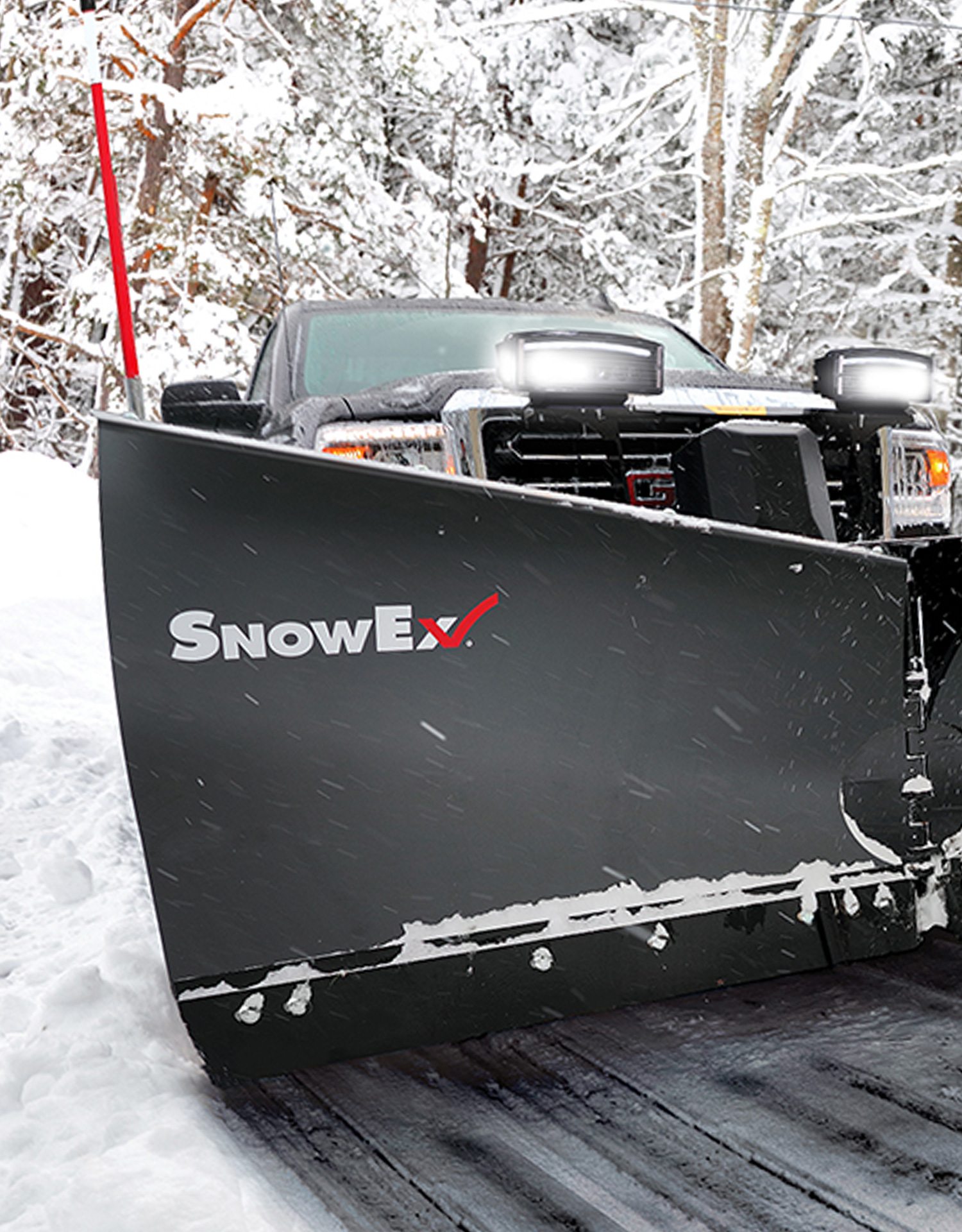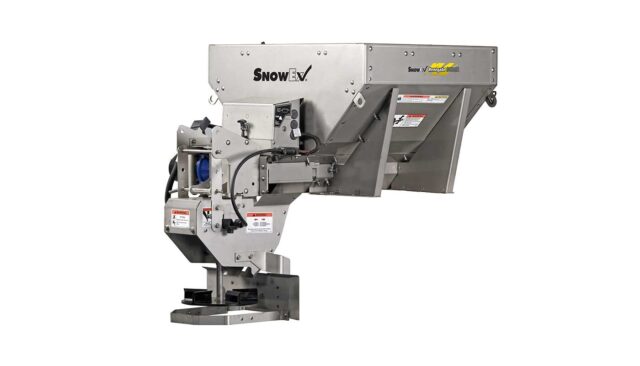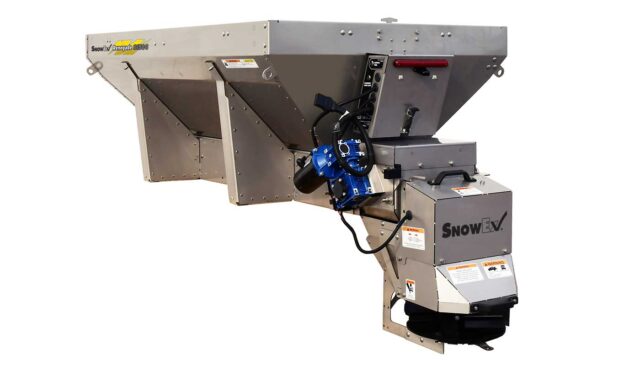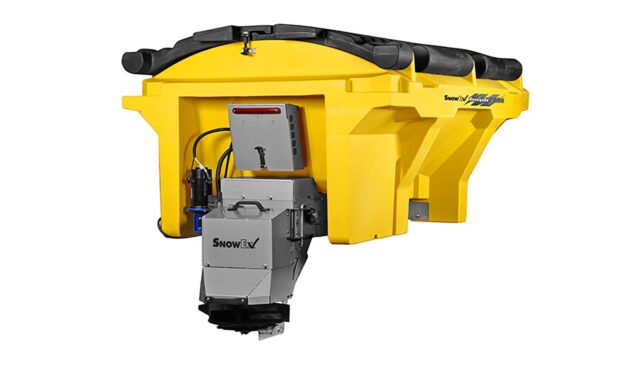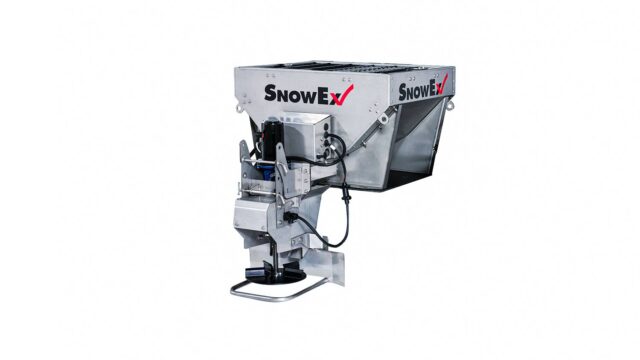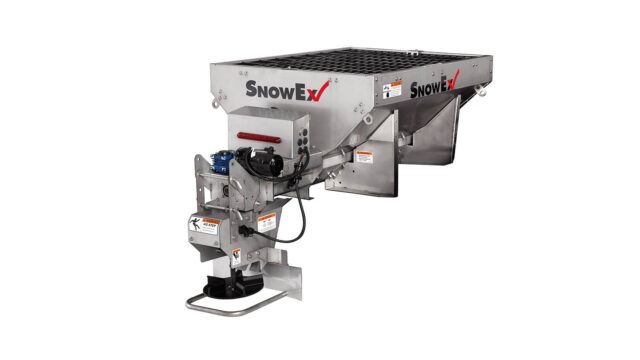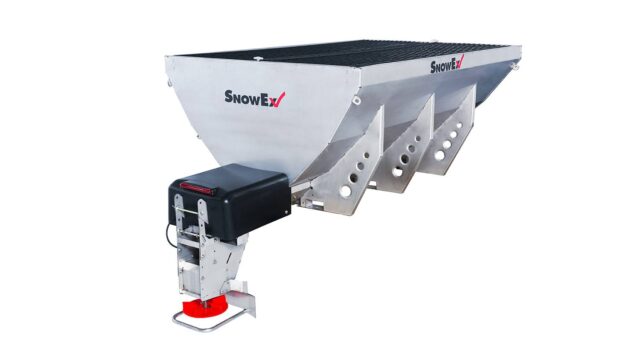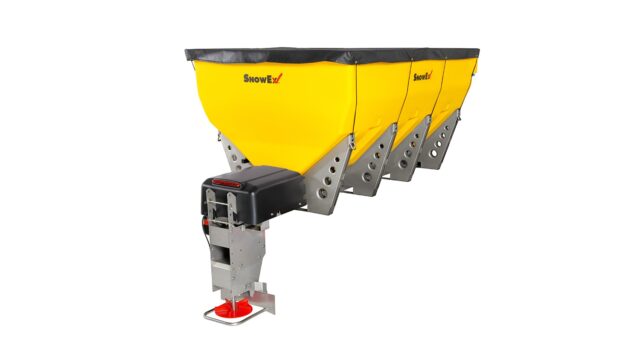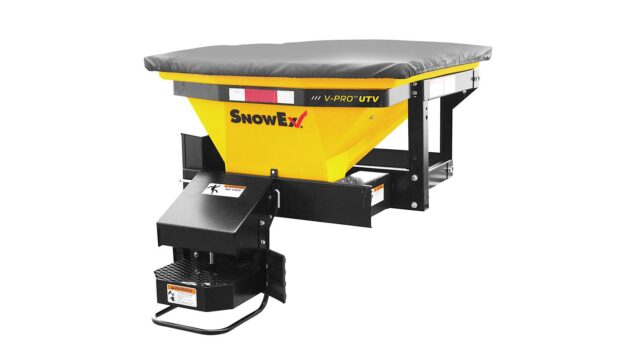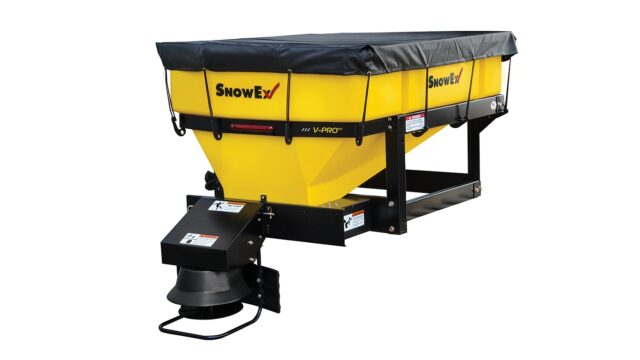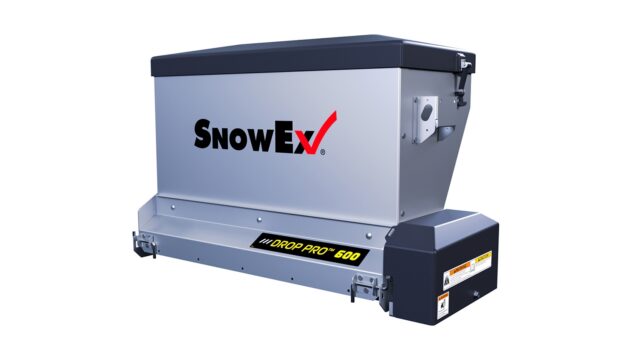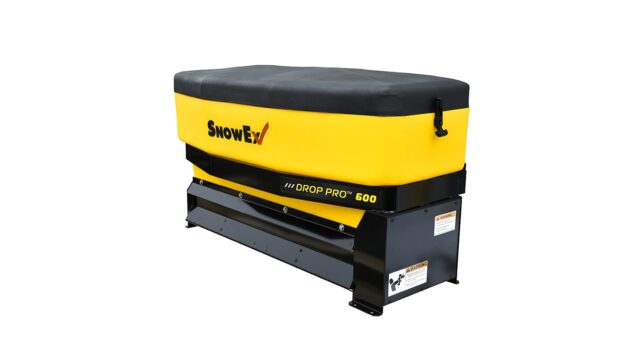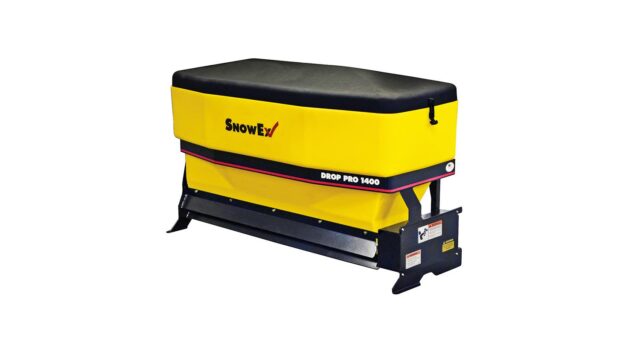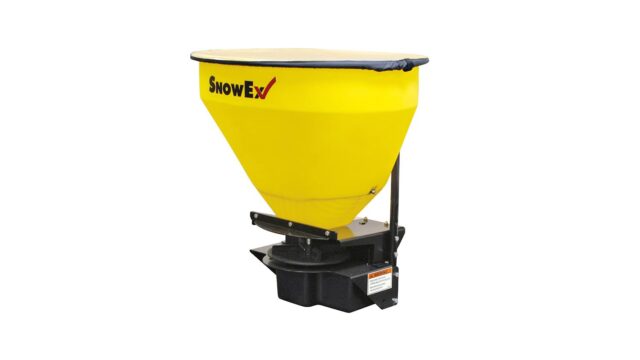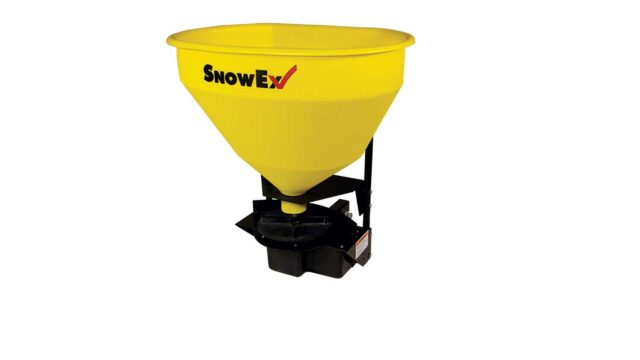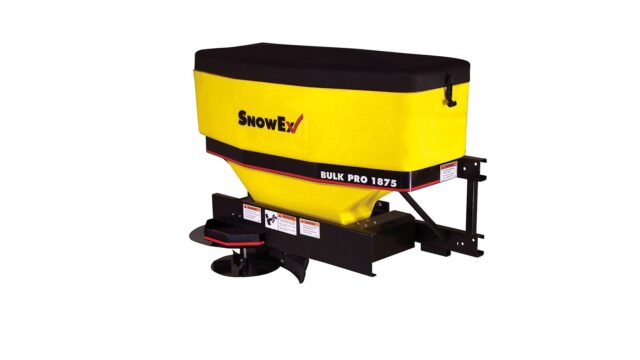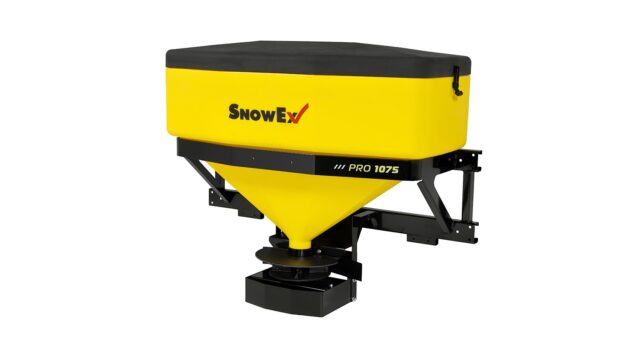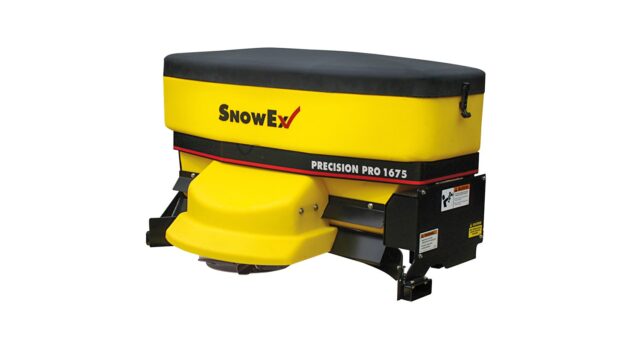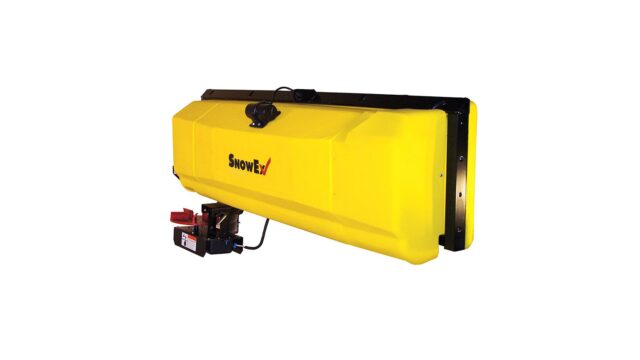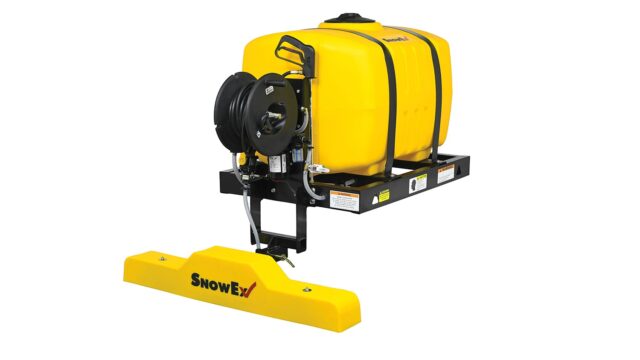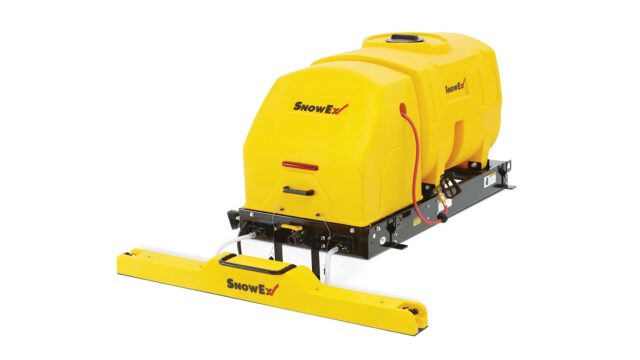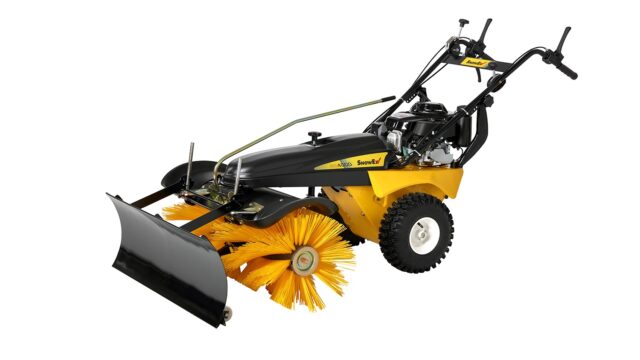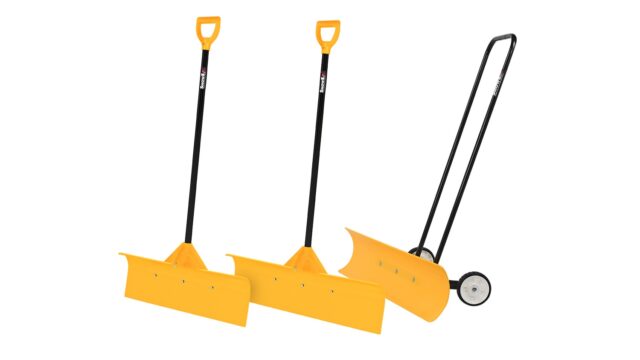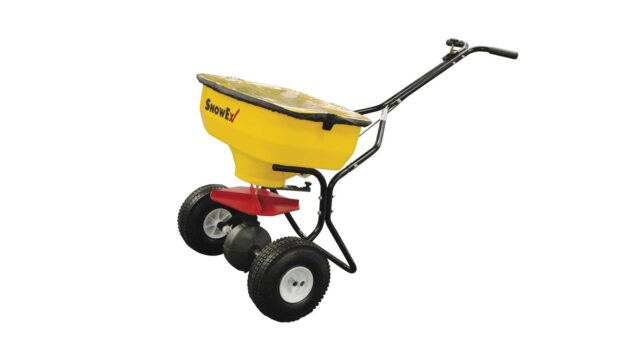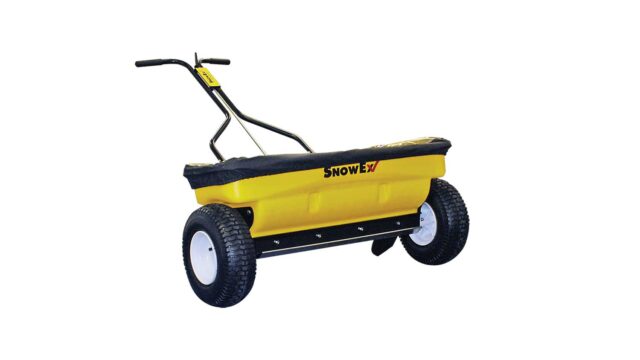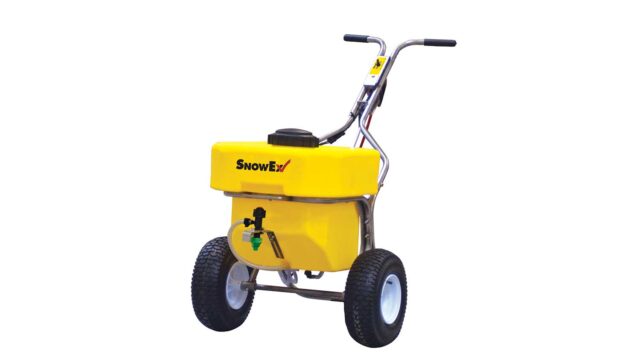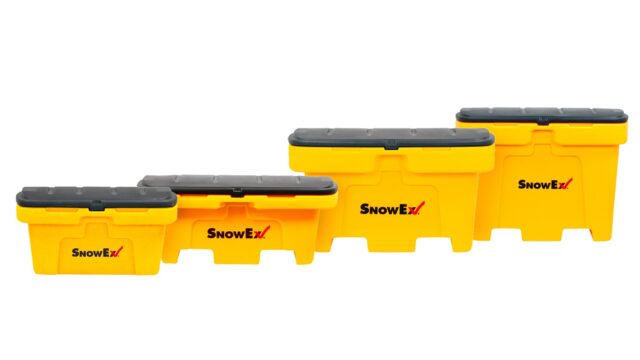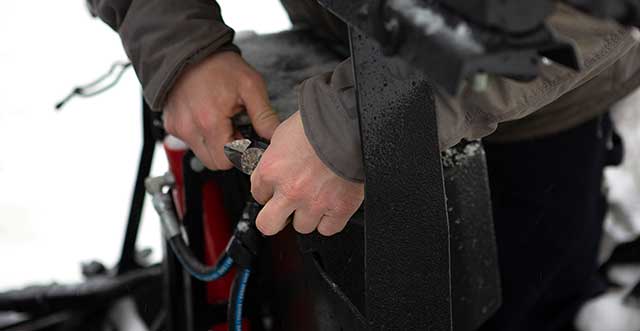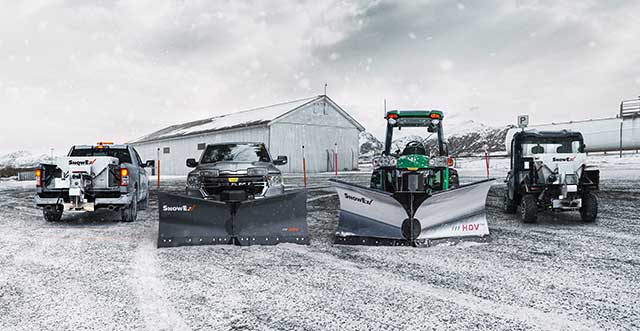Sidewalk Safety During Snow Removal Services
Created April 5, 2020
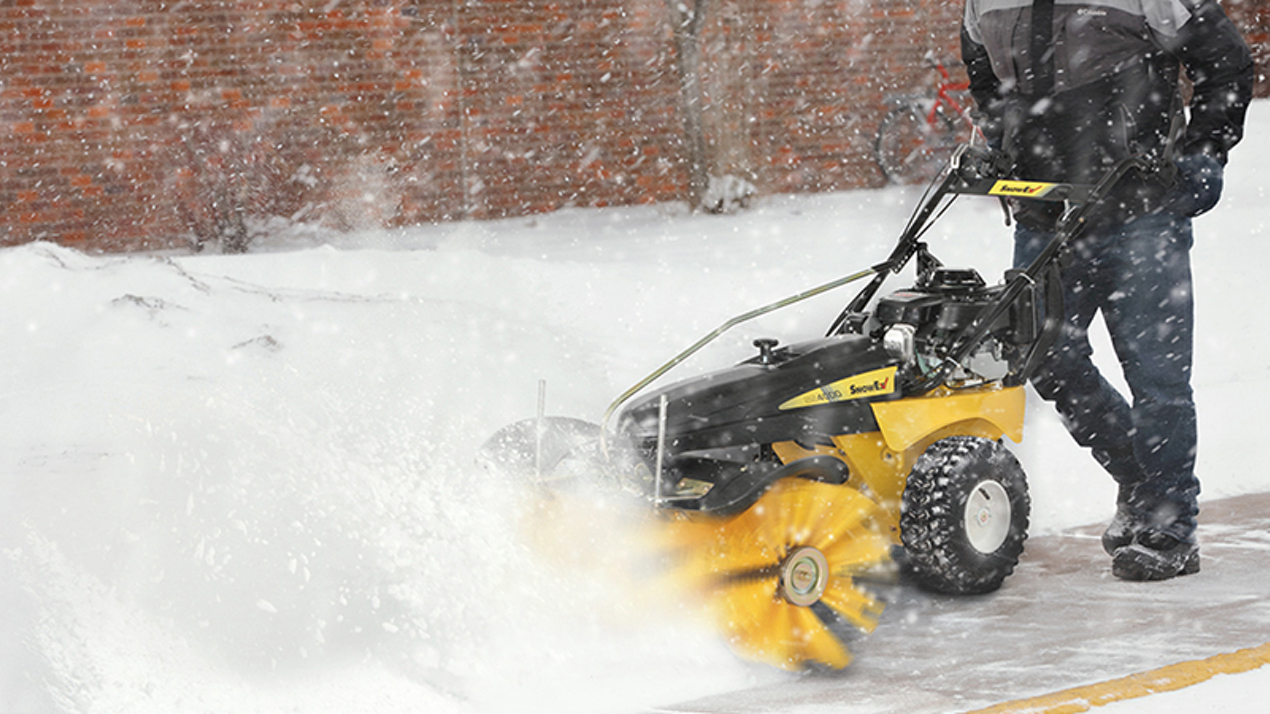
Sidewalk crews play a crucial role in snow clearing operations; and they are the team members most exposed to the elements during a storm. Be prepared to safely perform in the field by knowing how to identify hazards, dress for success and when to speak up if you feel unsafe.
Cold and Low Visibility
Sidewalk-specific personal protective equipment (PPE) should include insulated boots and gloves; layers of breathable warm clothes; waterproof, high-visibility jacket; socks that wick moisture; and hat (be prepared with extra gloves, hats and socks in case they get wet). Use signage to alert the public that there are crews at work.
Uneven Surfaces
Hidden obstacles can cause trip and fall injuries; in addition, obstacles (e.g., raised sidewalks, manholes, etc.) can catch the edge of a shovel or attachment, causing injury to the person operating it.
Traffic and Low Clearance
When clearing sidewalks face oncoming vehicle traffic whenever possible so you can see the traffic and drivers can see you. Be cautious of low-hanging branches, signs or structures that may cause injury during snow operations.
Safe Shoveling
Stretch before and after shoveling. Push snow instead of lifting whenever possible. If you must lift, do it with your knees and avoid twisting with your back. Shovel in intervals, taking breaks to prevent overexertion, and stay ahead of accumulation.
Cold Stress Factors, Treatment and Prevention
Don’t be a hero—learn the warning signs and report to your supervisor if you or someone on your team appears in danger from continued exposure to precipitation, wind and cold. In addition, take your safety into your own hands by wearing proper PPE, staying hydrated and nourished, and ensuring bathroom access is available prior to leaving for the site.
Hypothermia
- Impact: Normal body temperature drops to 95°F or less
- Symptoms: Mild indications would be shivering but alert, moderate to severe signs would be if shivering stops, confusion, cold/bluish skin, slow or slurred speech, heart rate/breathing slows, irritability/irrational behavior, memory lapses, loss of consciousness and death
- Treatment: Call 911 in an emergency, move worker to warm place, change to dry clothes, cover body with blankets (including head and neck but not the face), warm drinks, applying heat packs to armpits, side of chest, neck and groin
Frostbite
- Impact: Body tissues (e.g., hands, feet, face) freeze and can also occur at temperatures above freezing due to wind chill
- Symptoms: Numbness, reddened skin that develops gray/white patches and if skin feels firm and may blister
- Treatment: Follow the hypothermia treatment, loosely cover and protect the affected area from contact. DO NOT rub the frostbitten area, walk on frostbitten feet, apply snow/water, break blisters or try to rewarm the area unless directed by a medical personnel
Trench Foot
- Impact: Non-freezing injury to feet due to lengthy exposure to wet, cold environment
- Symptoms: Redness, swelling, numbness and may blister
- Treatment: Remove wet socks/shoes, air dry in warm area, keep feet elevated, avoid walking and seek medical attention
To prevent these cold stress factors, dress in recommended safety PPE, drink warm fluids (no alcohol) and take breaks in warm areas when conditions for cold stress are present. If ever in doubt, err on the side of caution and call 911.
Originally written by SIMA and SnowEx®.
